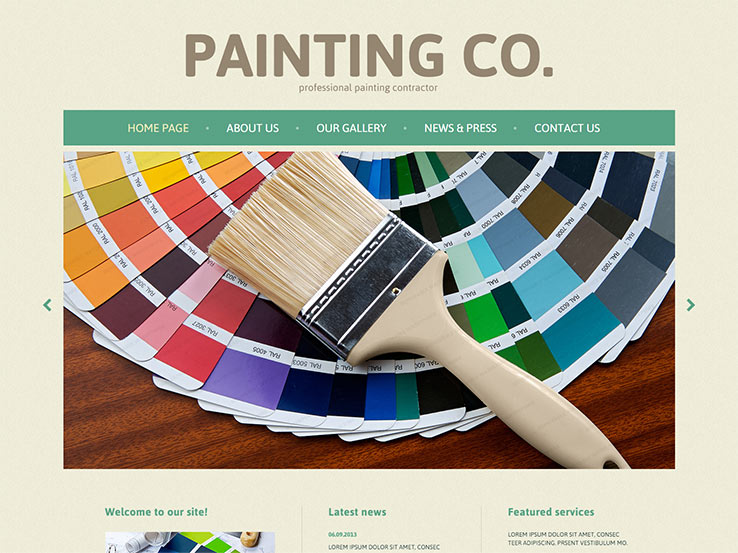Appreciate How Paint Strategies Can Transform Small Settings, Introduction Approaches That Cultivate An Impression Of Better Room
Appreciate How Paint Strategies Can Transform Small Settings, Introduction Approaches That Cultivate An Impression Of Better Room
Blog Article
Created By-
In the world of interior decoration, the art of taking full advantage of little areas via critical painting strategies uses an extensive chance to change cramped areas into visually large shelters. The careful choice of light color schemes and brilliant use of optical illusions can function marvels in creating the illusion of space where there seems to be none. By employing these strategies sensibly, one can craft an atmosphere that defies its physical boundaries, welcoming a feeling of airiness and openness that hides its actual dimensions.
Light Color Option
Picking light shades for your painting can considerably improve the impression of space within your artwork. visit this backlink as soft pastels, whites, and light grays have the capability to reflect more light, making an area really feel more open and airy. These colors develop a feeling of expansiveness, making walls show up to recede and ceilings appear higher.
By utilizing light shades on both walls and ceilings, you can obscure the boundaries of the area, offering the perception of a bigger area.
Moreover, light colors have the power to jump natural and artificial light around the area, lightening up dark edges and casting less darkness. This effect not just contributes to the general sizable feel yet also creates a much more welcoming and lively environment.
When selecting light colors, consider the touches to guarantee harmony with various other elements in the space. By tactically integrating light shades right into your paint, you can change a confined room right into an aesthetically bigger and a lot more inviting atmosphere.
Strategic Trim Painting
When intending to develop the impression of room in your paint, calculated trim paint plays an essential duty in specifying limits and boosting depth perception. By purposefully choosing the colors and coatings for trim work, you can successfully adjust exactly how light connects with the room, inevitably affecting exactly how large or little a space really feels.
To make a space appear larger, take into consideration painting the trim a lighter color than the walls. This comparison produces a sense of depth, making the wall surfaces recede and the room really feel more extensive.
On the other hand, painting the trim the exact same shade as the wall surfaces can produce a smooth appearance that blurs the sides, providing the impression of a constant surface and making the borders of the area less specified.
Additionally, utilizing a high-gloss coating on trim can mirror a lot more light, more improving the perception of room. On the other hand, a matte surface can soak up light, creating a cozier environment.
Thoroughly thinking about these details when painting trim can considerably influence the overall feeling and regarded dimension of an area.
Optical Illusion Techniques
Using optical illusion methods in paint can efficiently change understandings of depth and space within a provided environment. One usual technique is using gradients, where shades transition from light to dark tones. By using a lighter shade on top of a wall and progressively darkening it in the direction of all-time low, the ceiling can show up higher, creating a feeling of vertical room. Conversely, repainting mouse click the next web site than the walls can make it seem like the room extends additionally than it really does.
An additional visual fallacy technique entails the tactical positioning of patterns. Straight stripes, for example, can visually broaden a slim space, while upright stripes can lengthen a room. Geometric patterns or murals with point of view can also fool the eye right into perceiving more depth.
Additionally, integrating reflective surfaces like mirrors or metallic paints can bounce light around the room, making it feel extra open and spacious. By masterfully employing these optical illusion strategies, painters can transform little areas into visually extensive locations.
Verdict
To conclude, strategic painting techniques can be made use of to make best use of tiny spaces and produce the impression of a bigger and much more open area.
By choosing light shades for walls and ceilings, making use of lighter trim colors, and including visual fallacy methods, assumptions of depth and size can be adjusted to change a small space into an aesthetically bigger and much more welcoming environment.
